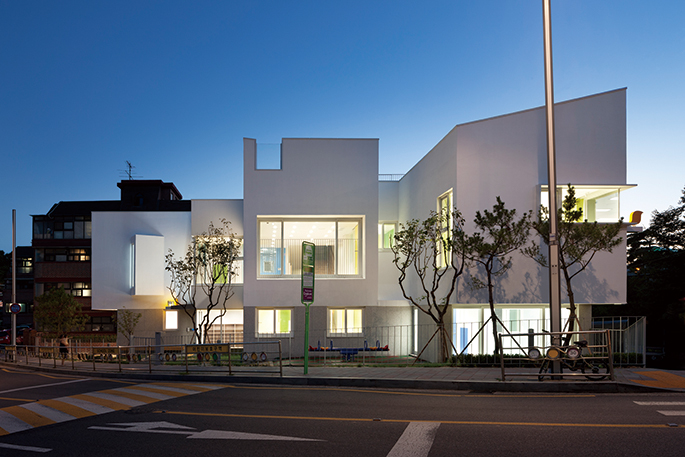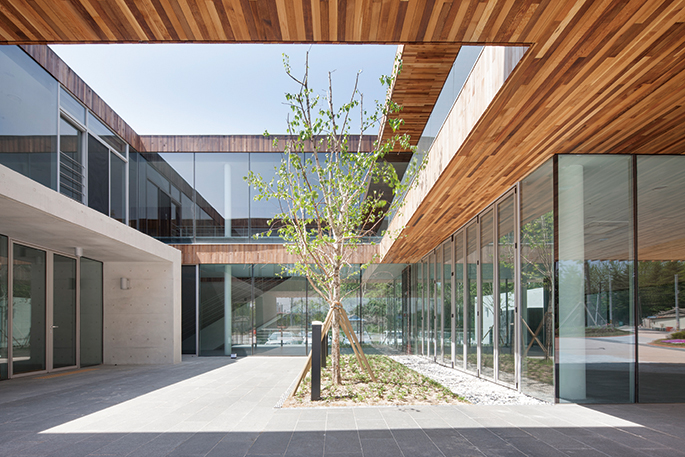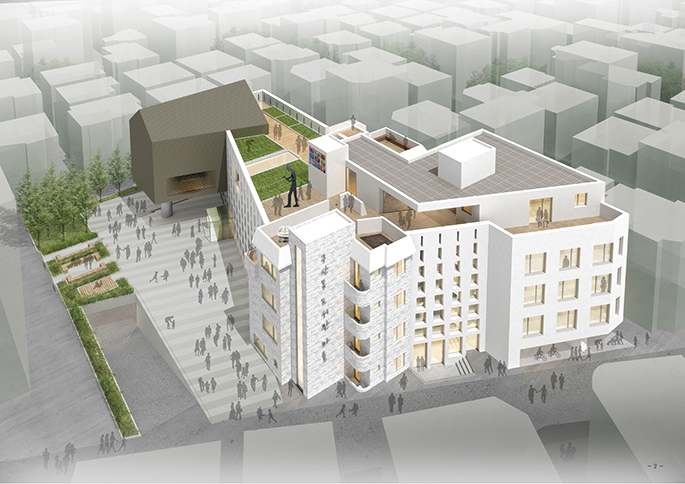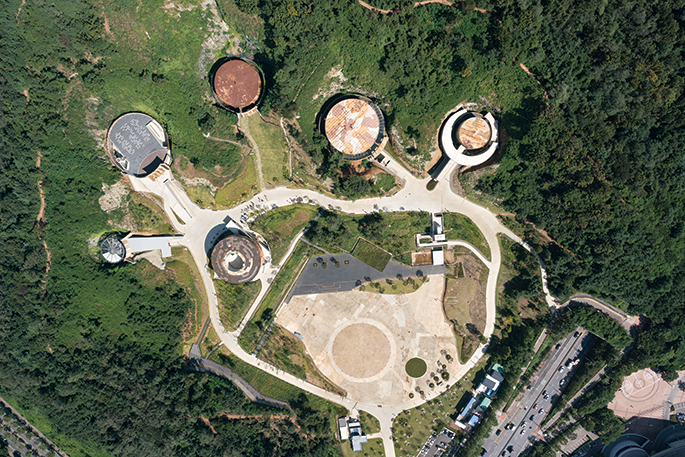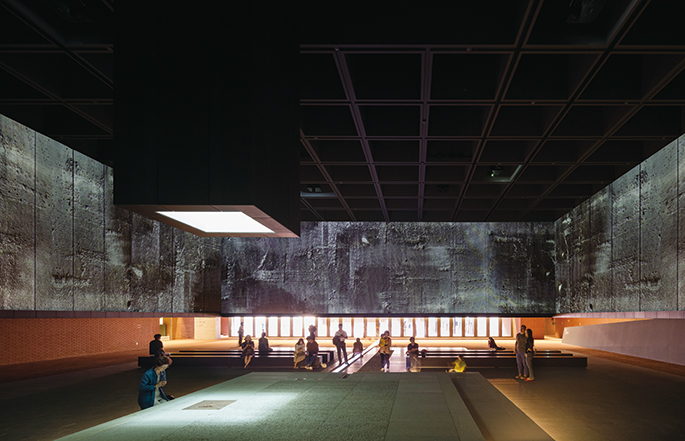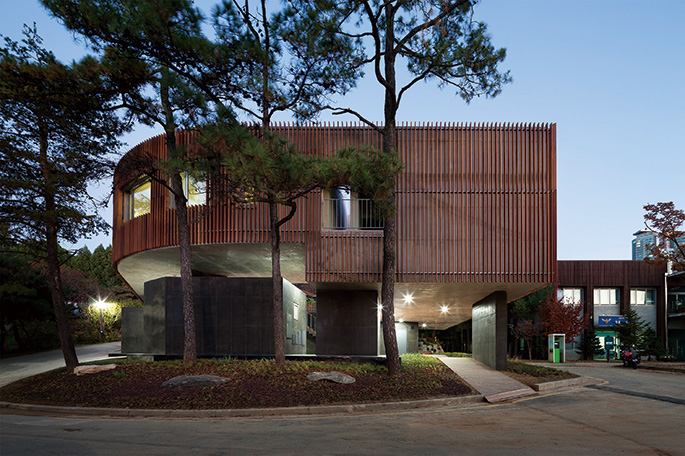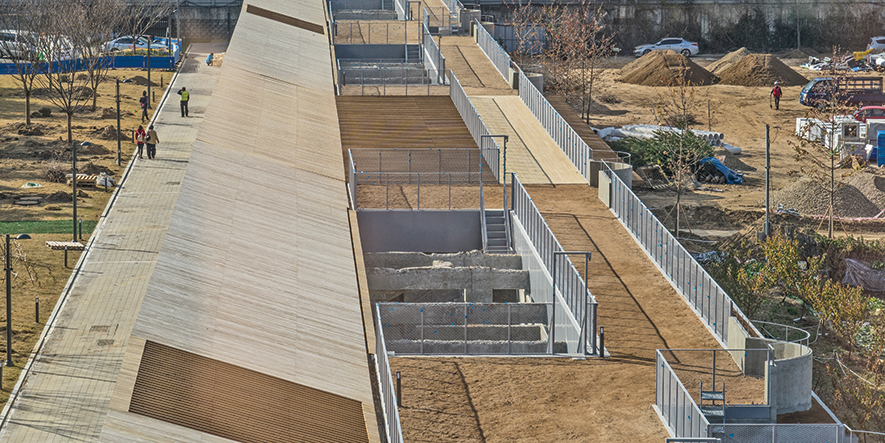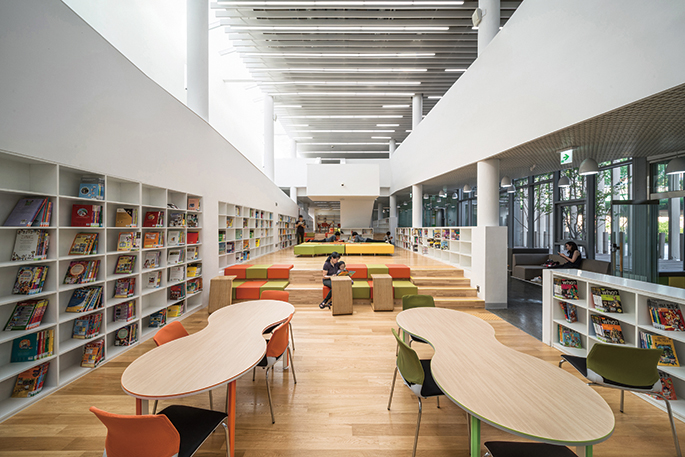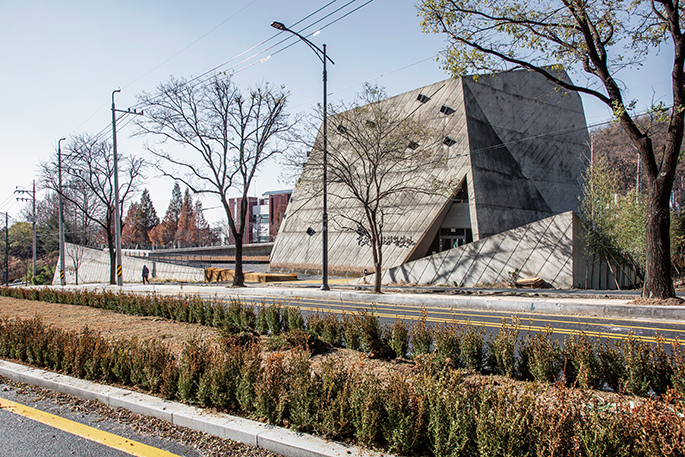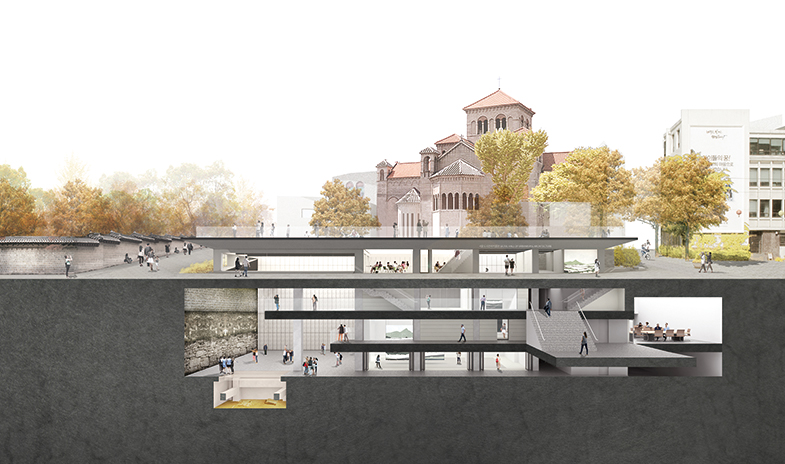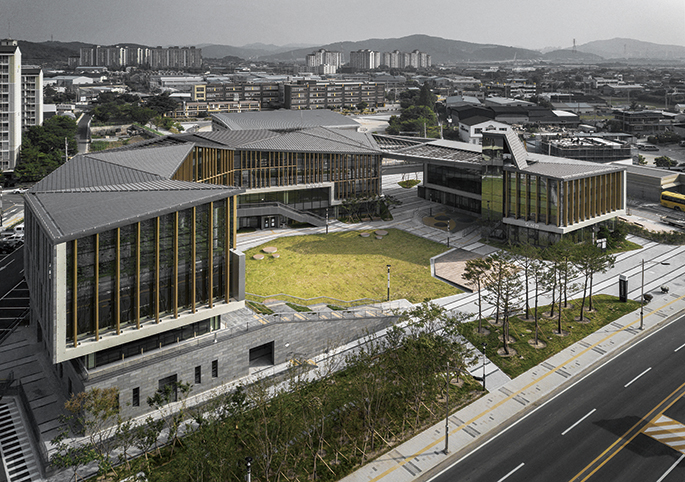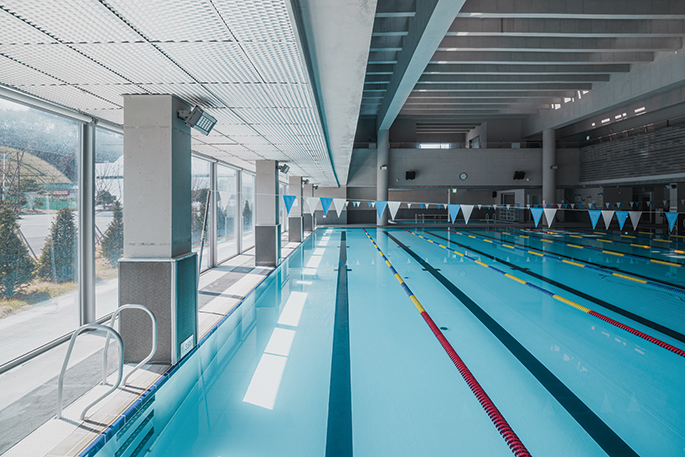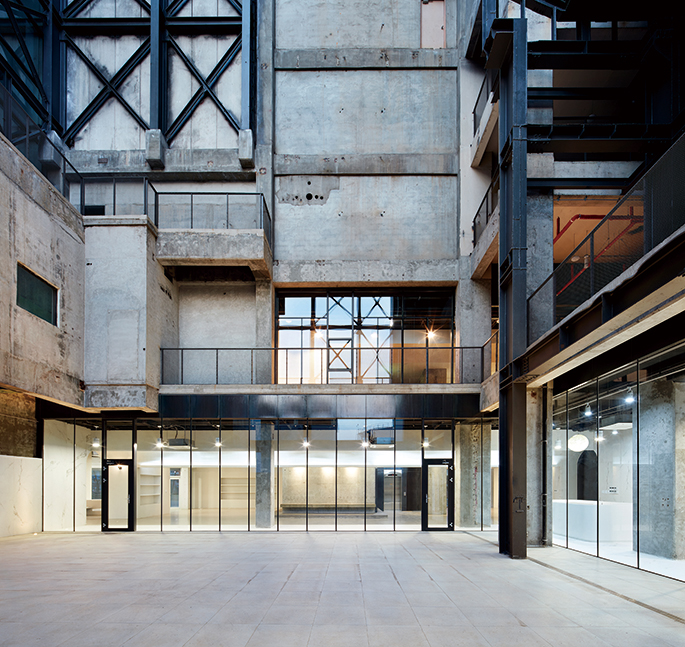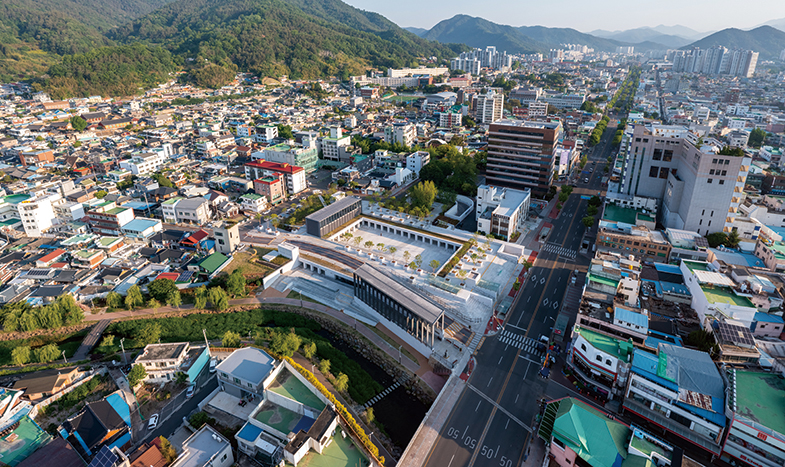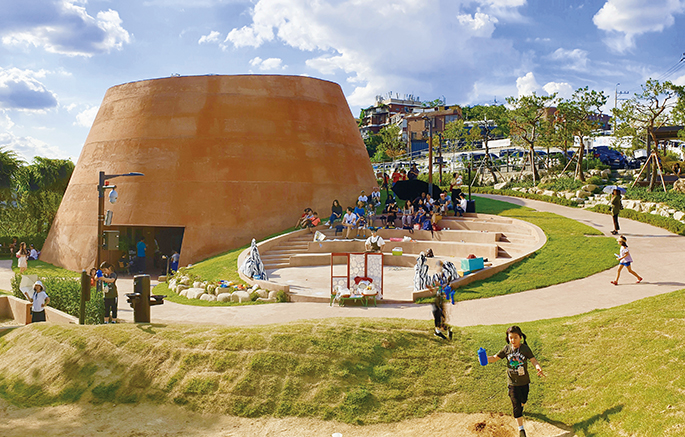SPACE November 2023 (No. 672)
10 years have passed since the design competition system was overhauled as a consequence of the Act On The Promotion Of Building Service Industry. As multiple adjustments and corrections have been made over time to the operation of design competitions, the system has given birth to numerous selections that populate our surroundings today. If these winning designs, which were born out of the creative struggles of individual designers in their respective times and places under the aegis of ‘good public architecture’, were to be assembled in a single space, what would stand out? SPACE have selected 30 distinguished examples of public architecture that have been recognised by the architectural scene over the past 10 years. We compared images of the winning designs and their results, and interviewed the architects. Our selection criteria was primarily based on being honoured with selection, but we also wanted to offer as diverse an outlook as possible according to type and year of competition, ordering institution, and use or function, to offer a wide spectrum of examples. When it came to public residences, we decided not to feature them in this article as they are a unique breed in terms of scale and programme. By reviewing all stages, from planning, examination, selection, and the post-construction phases, and after hearing from those responsible for them about the obstacles that they faced on their journey towards good public architecture, we hope that the testimonies of these people who witnessed the various aspects of the design competition system will give us a sense of continued direction as to where we should be heading in the next 10 years.
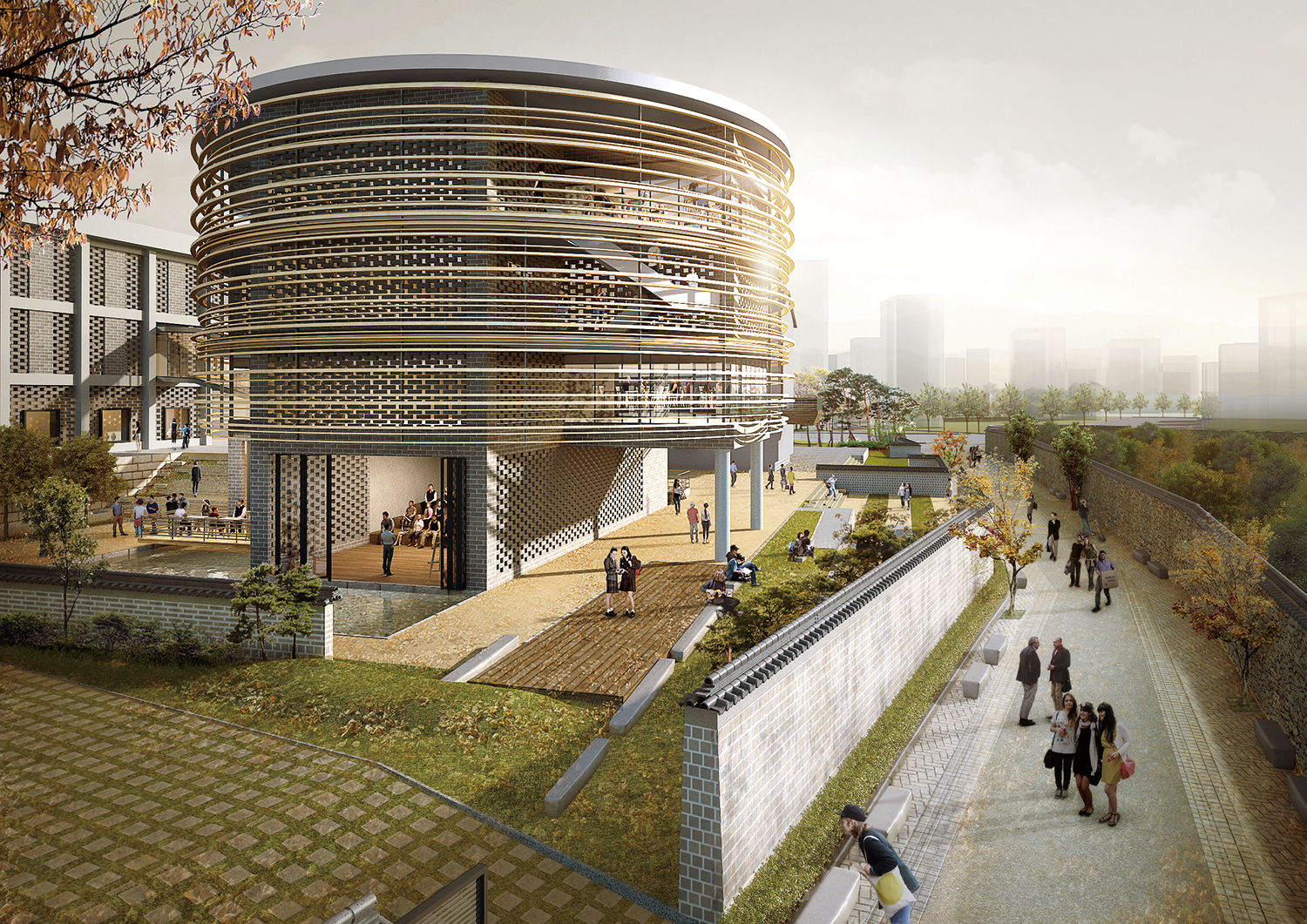
©HAENGLIM ARCHITECTURE & ENGINEERING + Song Hayup + Cheon Janghwan
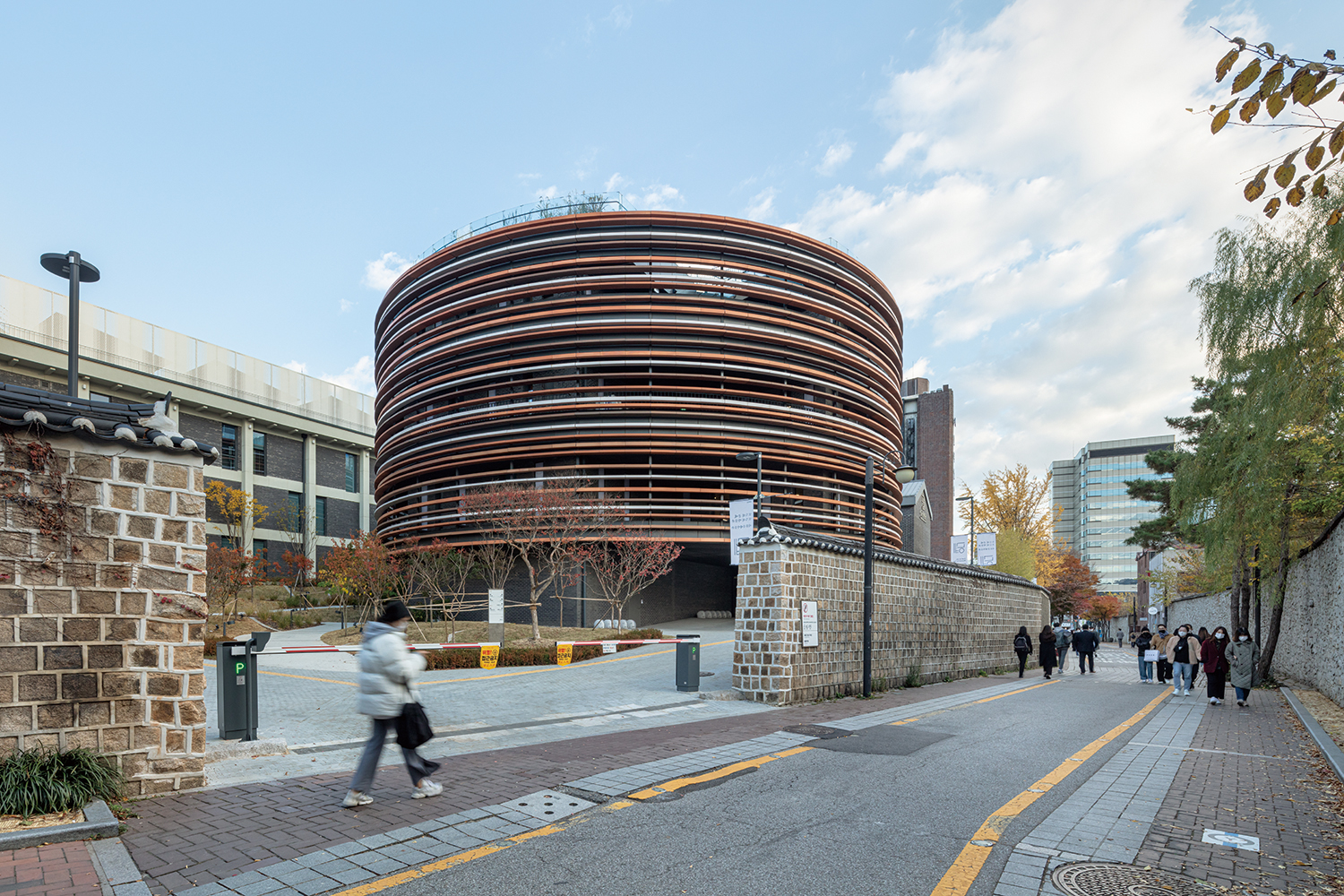
©Kyungsub Shin
Q1: From the design competition to construction, what was the main task when it came to the completion of your project? In which areas do you think your project did well, and what made this possible?
A1: With a construction promotion committee that was composed at the planning stage, it was possible to stick with the museum’s intentions throughout the process. While it is often the case with remodeling projects that thoughts and plans made during the design stage are modified during construction and dismantlement, the architect, museum manager, supervisor, and construction contractor met up to discuss how best to preserve the original plan as much as possible whenever unexpected issues emerged. Despite the early lack of common understanding regarding the post design management system and various instances of institutional unpreparedness, however, everyone made an effort to look for a reasonable solution. This made it possible to create a satisfactory result from the many challenges, such as deficiencies in construction costs, the discovery of relics, and changes to the site conditions.
Q2: What suggestions would you make to improve the way design competitions are conducted in Korea?
A2: Many architects are nowadays participating in design competitions due to the decrease in private constructions, and the social expenditure that is discarded after the winning design is selected is becoming too high. There is a need to revise the current procedure by either conducting competitions in two phases to reduce the expenditure at the first phase or significantly increasing the amount of compensation. Second, concrete preparations are needed for changes in design direction after its selection. The designer’s approval must be sought for even when a modification is found absolutely necessary, and multiple judges must can continuously conduct reviews until the building’s completion so that the original design intention can be fully realised. Lastly, I would like to see the creation of an institution to improve judges’ professional qualities. They need to be clearly informed that prior-contacts with competition participants are illegal, and a system must be put in place to replace judges who are found to be biased based on collected data with more capable judges.
2016 general design competition
Architect
HAENGLIM ARCHITECTURE & ENGINEERING + Song Hayup + Cheon Janghwan
Location
4, Yulgok-ro 3-gil, Jongno-gu, Seoul
Programme
cultural and assembly facility (museum), neighbourhood living facility (retail)
Gross floor area
10,590.19m²
Design cost
budget – 820 million KRW / actual cost – 1.5 billion KRW
Construction cost
budget – 22 billion KRW / actual cost – 35 billion KRW
Competition year
Dec. 2016
Completion year
Dec. 2020
Client
Seoul Metropolitan Government
Prize
Seoul Architecture Awards (2023)

HAENGLIM ARCHITECTURE & ENGINEERING + Song Hayup +
4, Yulgok-ro 3-gil, Jongno-gu, Seoul
cultural and assembly facility (museum), neighbour
10,590.19m²
budget – 22 billion KRW / actual cost ̵
Seoul Metropolitan Government
Dec. 2020
budget – 820 million KRW / actual cost R
Dec. 2016





